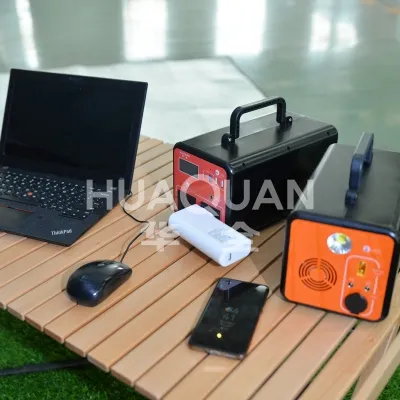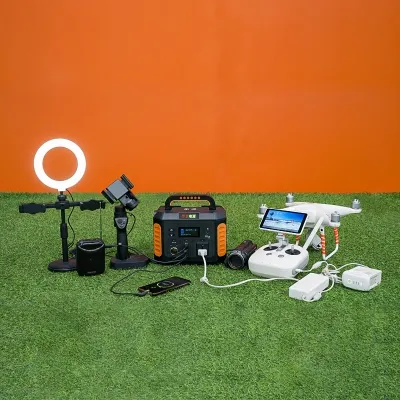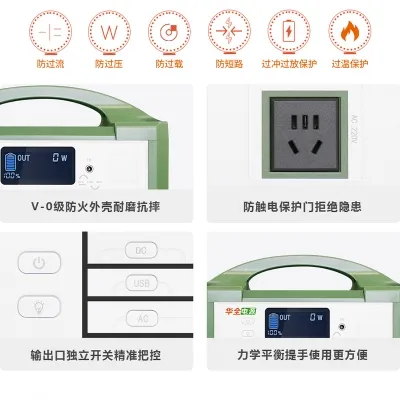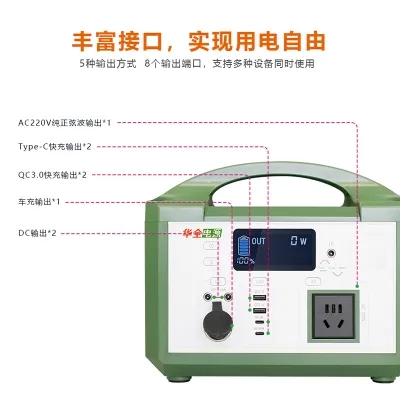The global shift toward renewable energy has expanded the deployment of energy storage systems into extreme environments—from arid deserts and polar regions to offshore platforms and high-altitude sites. These environments present unique challenges, including thermal stress, mechanical shocks, and corrosion, which threaten system reliability and lifespan. However, breakthroughs in materials, thermal management, and modular design are enabling robust, resilient energy storage solutions tailored for harsh conditions.
1.Key Challenges in Extreme Environments
1.Thermal Extremes:
Freezing temperatures cause electrolyte crystallization and lithium plating, accelerating battery degradation.
High heat in deserts leads to corrosion, reduced efficiency, and thermal runaway risks.
2.Mechanical Hazards:
Vibrations and shocks (e.g., offshore wind farms) damage cells and connectors.
Humidity and salt spray (e.g., coastal areas) promote corrosion and short circuits.
3.Operational Reliability:
Dust and sand ingress (e.g., arid regions) blocks ventilation and contaminates components.
Altitude-induced pressure drops (e.g., high mountains) reduce battery performance.
Innovative Solutions for Resilience
4.Advanced Thermal Management:
Phase-change materials (PCMs) and liquid cooling maintain optimal temperatures, while self-heating batteries prevent freezing.
5.Robust Materials & Design:
Corrosion-resistant alloys and IP68-rated enclosures protect against moisture and dust.
Shock-absorbing mounts ensure stability in high-stress environments.
6.Modular & Scalable Systems:
Containerized units simplify deployment in remote areas.
Redundant modules and fault-tolerant controls enhance reliability.
7.AI-Powered Predictive Maintenance:
IoT sensors monitor temperature, humidity, and voltage in real time.
Machine learning predicts failures, optimizing maintenance and reducing downtime.
2.Case Studies: Proven Success
1.Antarctic Research Stations:
PCM-based thermal management sustains operations at -50°C, powering critical equipment year-round.
2.Offshore Wind Farms:
Corrosion-resistant batteries with vibration-damping mounts achieve 99.5% uptime in the North Sea.
3.Desert Solar Projects:
Hybrid liquid-cooled systems extend battery lifespan by 40% in the Mojave Desert.
The Future: Sustainability & Integration
As extreme environments become hubs for renewable energy, circular economy practices (e.g., repurposing EV batteries) and hydrogen storage for long-duration applications are emerging as sustainable solutions.
Conclusion
Extreme environments no longer hinder energy storage. Through cross-disciplinary innovation—materials engineering, AI analytics, and modular design—the industry is turning challenges into opportunities. Resilient, efficient, and sustainable storage solutions will power a cleaner, more reliable global grid, no matter the conditions.
For more information, please follow: http://www.huaquandongli.com/



